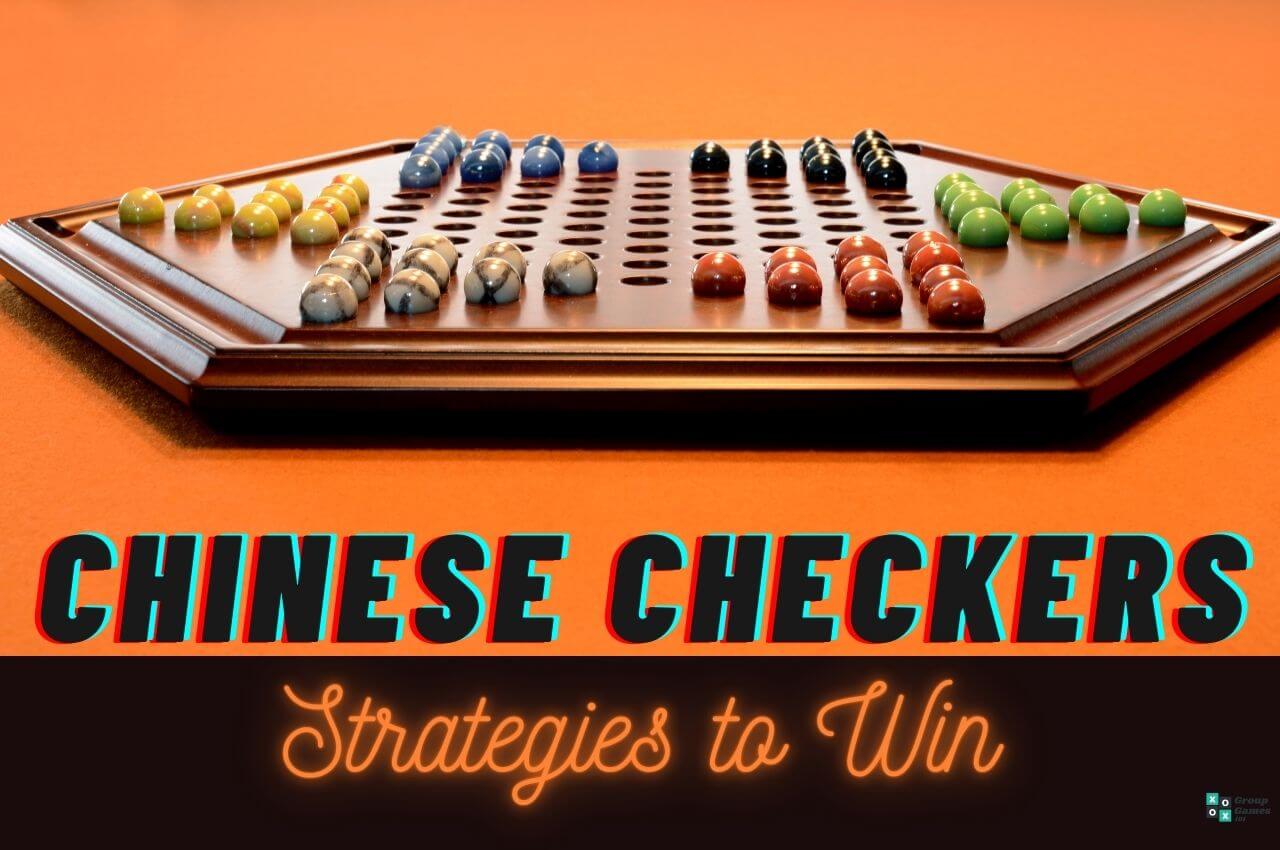
No marbles are removed from the board during the game. Nothing happens to the marble that was jumped over. Unlike checkers, players do not capture a marble when they jump over it. The player can jump over any colored marble. A player may make as many consecutive jumps during the same play as is possible. Or the player may jump over an adjacent marble to the space immediately past that marble. The player may move one marble to any adjacent space.

Place a single peg in any given slot and spin the board. If this is the case with your board, you can use it pick the starting player. Some boards are actually capable of spinning, depending on the company that makes the board. When only two players are playing, players may flip a coin to decide who starts. Players decide among themselves who will start. The player that does this first is the winner. The object of the game is to move all your marbles into the point of the star directly opposite your home point. That is, one player would be opposite an empty point. Five players cannot play since the game will not be balanced. When 4 play, each player must be directly opposite an opponent. When 3 play, one empty point is left between each player. It was originally called Stern-Halma in Germany and then Hop Ching Checkers in the United States.When 2 players play, they set up in points opposite each other. The name Chinese Checkers was just a marketing play when the game was brought to America.The game has little to do with normal checkers, but comes from a game called Halma.The game was not invented in China, but rather in Germany.Is often played with the youngest player getting the advantage.Ħ players - each player has a separate color of marbles and tries to move them to the opposite corner. One player will have an empty space opposite, giving them the advantage. Two opposite sides are left open.ĥ players - this is sometimes not considered a legal option. If using 2 sets, then the players set up their colors on opposite sides and must move their colors to their own opposite side.Ĥ players - this way is standard Chinese checkers. If using 1 set, then the players must move to the opposite empty star point. You can also play with multiple sets of marbles where each player plays 2 or 3 sets or colors of marbles and has to move all of them across the board to win.ģ players - 3 players can be played with 1 or 2 sets of marbles. You can move in any direction.ĭepending on the number of players there are different ways to play Chinese checkers:Ģ players - with two players you move all your marbles across the board to other player's start point. You do not have to hop over a marble if you don't want to. You can hop over your own or your opponent's marbles.

See the blue path of hops in the picture below for an example. You can only jump over 1 marble at a time (for example you can't jump over 2 marbles that are next to each other), but you can do multiple jumps on the same turn as long as the hops are all lined up. The marble can be moved to an adjacent open space or may jump over other marbles that are right next to the marble. When a player takes a turn, they may move one marble. The object of the Chinese checkers is to get all of your marbles to the opposite point of the star. Each player has 10 colored marbles that start out inside the point of the star. There are lots of places in the star where marbles fit. We'll discuss the most popular way called the "hop across" version here.Ĭhinese Checkers uses a special board that looks like a six pointed start. There are some different ways to play the game. Chinese Checkers is a fun game to play with 2 to 6 players.


 0 kommentar(er)
0 kommentar(er)
